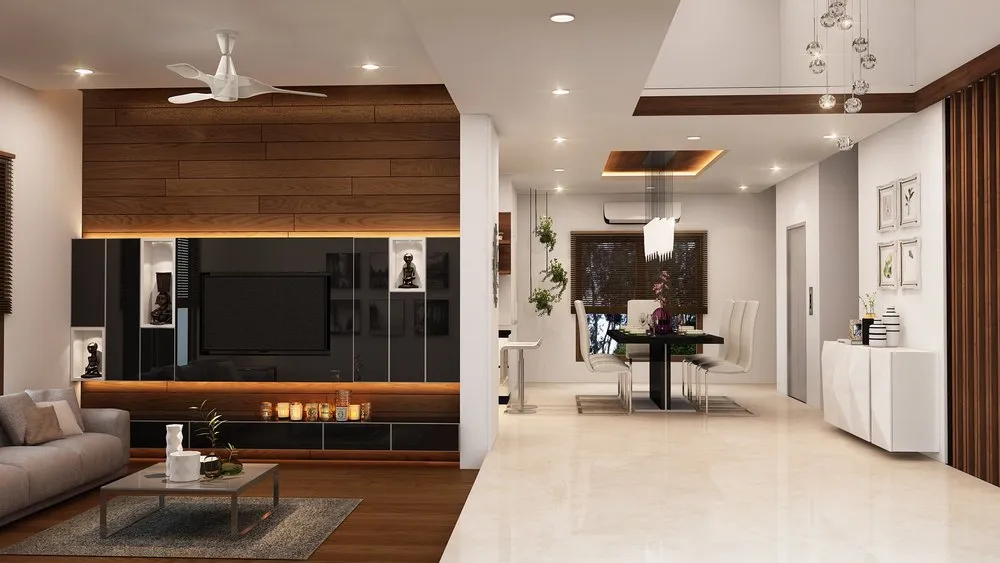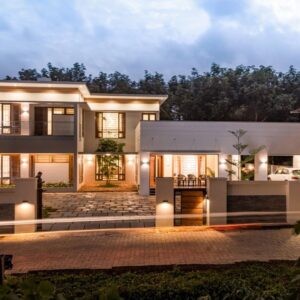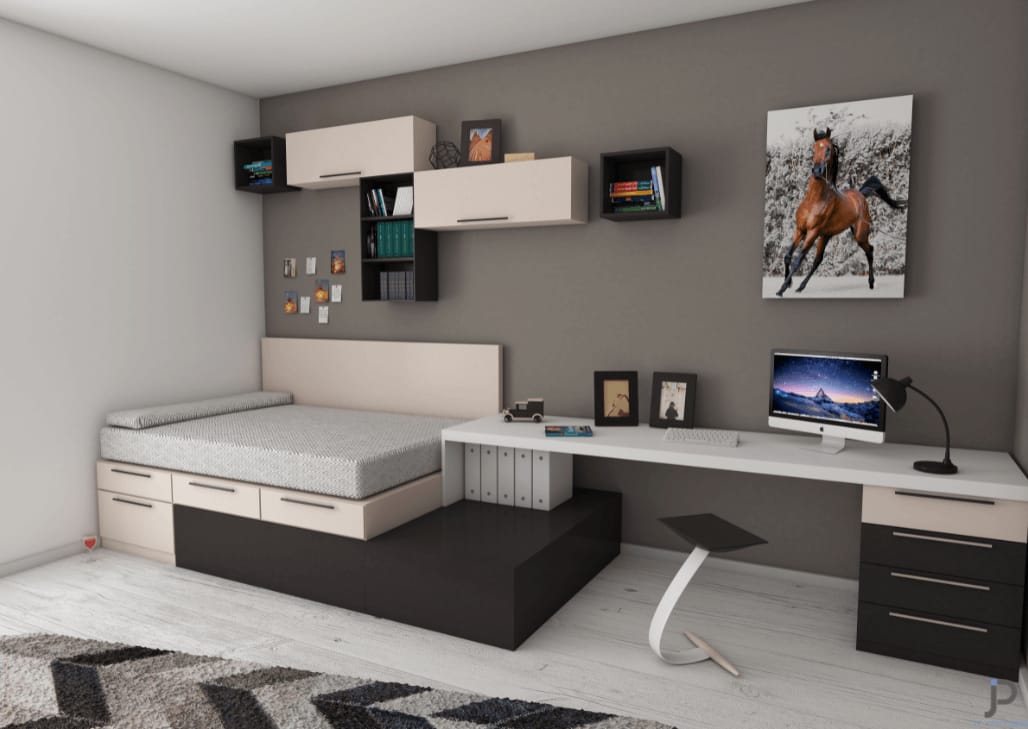The design of commercial spaces has a significant impact on a company’s performance and efficiency in today’s dynamic business world. Offices are no longer just functional places; they are now considered strategic resources capable of improving employee well-being, inspiring innovation, and driving business performance. Commercial interior designs have developed to prioritize not only aesthetics but also productivity in workspaces.
The Power of Design: Influencing Productivity and Morale
First impressions are important, and when clients and employees enter a workspace, the design sets the tone for their experience. A thoughtfully designed office can reflect a company’s principles, culture, and brand identity. Bright, open settings with natural light and greenery can create a sense of well-being and connectivity, whereas congested, poorly lit spaces can have the opposite effect, causing tension and disengagement.
Environmental psychology research supports the impact of design on productivity and morale. Color, layout, design, and acoustics are all factors that influence how people feel and perform in a given area. For example, adding biophilic design components like plants and natural materials can help to reduce stress, improve mental clarity, and boost creativity. Similarly, comfortable chairs and adjustable workstations improve physical comfort while lowering the risk of repetitive strain injuries, resulting in increased productivity.
Balancing Aesthetics with Functionality
While aesthetics are vital in creating visually appealing settings, commercial interior designs must also emphasize utility and practicality. A beautiful office is of little use if it interferes with the workflow or fails to suit the needs of the employees. Designers must create a balance between form and function, ensuring that each design element has a purpose and contributes to the space’s overall efficiency.
One way to achieve this balance is through space planning and zoning. Designers can improve the layout to enable varied workstyles and preferences by clearly separating sections for different activities, such as individual work, cooperation, and relaxation. Quiet zones, for example, with comfortable sets and sound-absorbing materials, give a retreat for focused work, whereas collaborative areas with writable walls and movable furniture promote brainstorming and teamwork.

Incorporating Technology for Connectivity and Flexibility
Technology is an important component of the modern workspace. Commercial interior design must therefore incorporate the most recent technological advancements, ensuring seamless connectivity and flexibility to meet changing needs. This includes amenities like integrated audiovisual systems, wireless charging stations, and adaptable furniture layouts that can be rearranged to suit various activities or group sizes.
Furthermore, the rise of remote and hybrid work models has highlighted the significance of developing inclusive environments that allow for both in-person and online interaction. Video conferencing facilities, interactive displays, and smart room scheduling systems enable teams to cooperate efficiently regardless of their location, generating a sense of connectivity and cohesion among dispersed groups.
Commercial interior design is not just about creating visually appealing spaces but also about optimizing functionality and fostering a conducive environment for collaboration and productivity. Commercial interior design is an essential component of optimizing workspaces for productivity and attractiveness. By focusing on aspects like natural light, biophilic design, ergonomic furniture, and technological integration, businesses can build workplaces that stimulate creativity, facilitate cooperation, and improve employee well-being. With the right design elements and strategic planning, businesses can enhance employee satisfaction, attract top talent, and ultimately achieve their organizational objectives.
As businesses struggle to stay ahead in an increasingly competitive market, the expertise of JP Ventures, the leading interior designers in Ernakulam, becomes crucial. Their general approach to design, along with a thorough awareness of local preferences and worldwide trends, ensures that each project is customized to the specific demands and goals of their clients. By collaborating with firms like JP Ventures, businesses can unleash the full potential of their spaces and set the foundation for success in the future, driving innovation and fostering a culture of excellence.






